VRF Systems Explained – Variable refrigerant flow basics HVAC
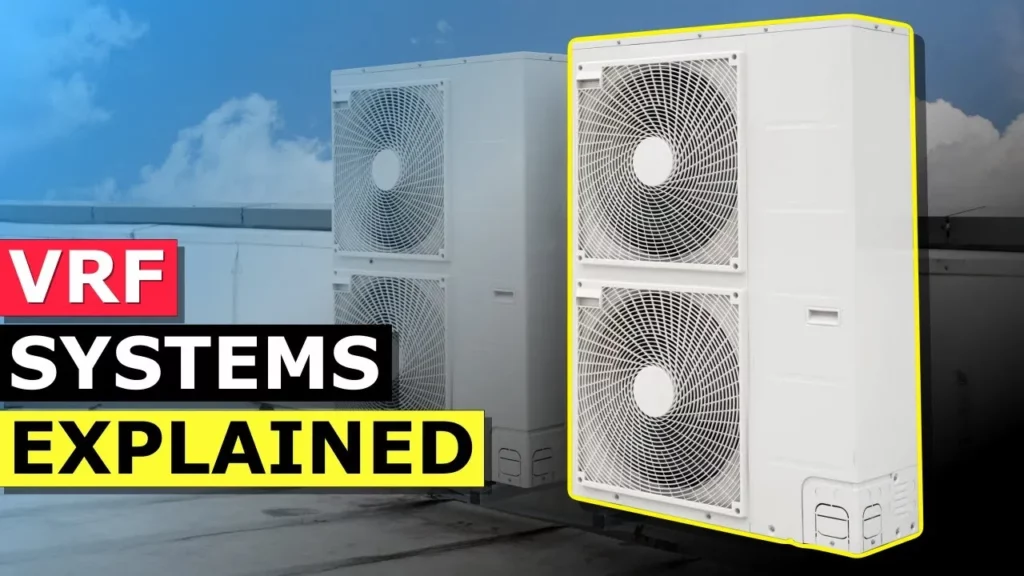
This lesson on Variable Refrigerant Flow (VRF) systems highlights their ability to provide both heating and cooling simultaneously, making them a versatile solution for environments with varying temperature needs. Unlike traditional air conditioning units, VRF systems utilize a sophisticated refrigeration cycle that allows for precise temperature control and enhanced energy efficiency, accommodating multiple indoor and outdoor units to meet diverse demands. The lesson also explains the fundamental components of refrigeration systems and how VRF technology operates, emphasizing its flexibility and effectiveness in managing thermal energy.
Chilled Water Schematics – How to read hvac engineering drawing diagram

This lesson provides a comprehensive overview of chilled water schematics, essential for understanding HVAC engineering drawings in buildings. It covers how to read and interpret these schematics, identify key symbols and components, and recognize various design approaches, ultimately equipping readers with the knowledge to navigate complex cooling systems effectively. The guide emphasizes the importance of understanding the layout and functionality of components like chillers, pumps, and valves to maintain system efficiency.
Calculate savings from chiller replacement – How to IPLV, NPLV, COP, kW/Ton, EER efficiency
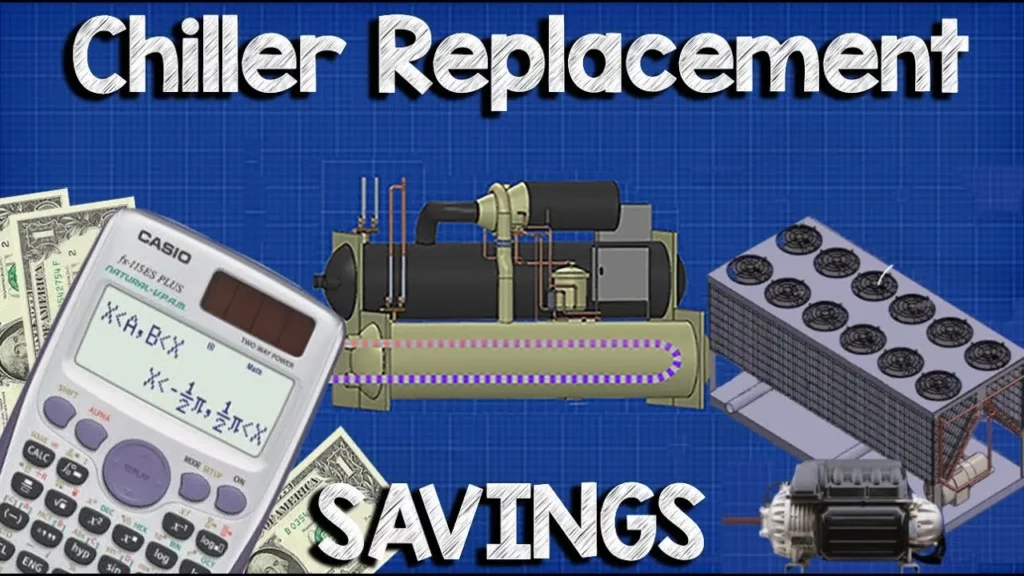
The lesson on chiller replacement emphasizes the importance of upgrading to more efficient chillers to reduce energy consumption, carbon emissions, and operating costs, particularly as older chillers reach the end of their lifespan. It outlines methods for estimating energy savings through performance metrics like IPLV and NPLV, and suggests advanced calculations for a more accurate assessment of energy consumption and financial implications. Ultimately, the lesson encourages informed decision-making to achieve energy efficiency goals while considering environmental regulations and potential cost benefits.
Pump Impeller Basics
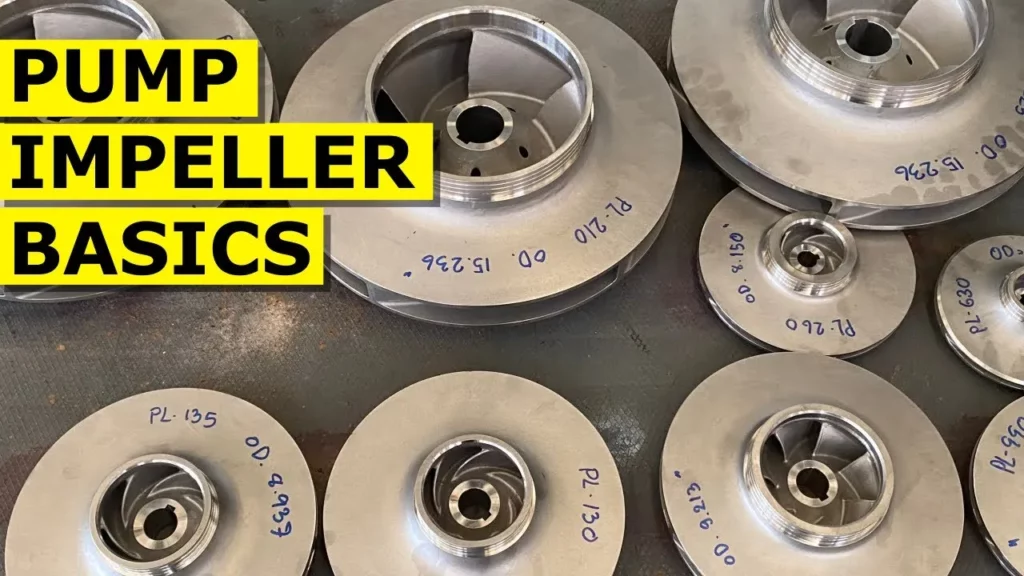
The lesson on pump impeller basics highlights the essential role impellers play in fluid dynamics, specifically in moving liquids efficiently within pumps. It covers the different types of impellers, their operational mechanics, and the significance of the volute in converting kinetic energy into pressure, which facilitates fluid movement through piping systems. Additionally, it emphasizes the factors affecting impeller performance, such as thickness, diameter, and rotational speed, which are crucial for selecting the appropriate impeller for specific applications.
Why do transformers make a humming noise?
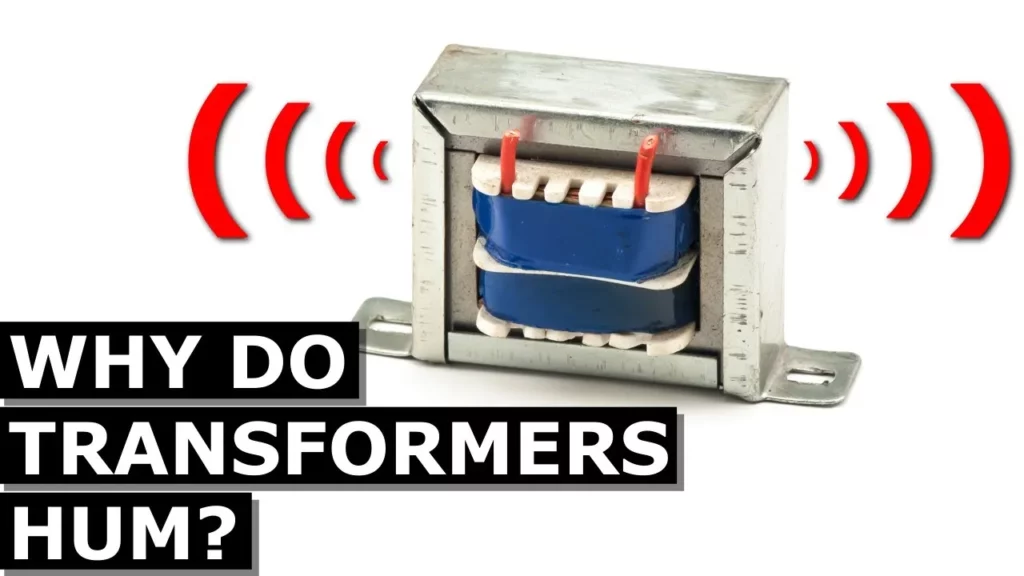
The lesson explains the reasons behind the humming noise produced by transformers, which is primarily caused by the expansion and contraction of laminated sheets in the transformer core due to alternating current. It discusses the principles of alternating current, the role of transformers in changing voltage, and the efficiency improvements made through the use of a ferromagnetic core. Ultimately, the lesson highlights the complexities of electrical engineering and encourages further exploration of the topic.
Evaporator Controller – EKE 400 Industrial Refrigeration industrial engineering

The lesson on the EKE400 controller in industrial refrigeration systems highlights its essential role in managing the complex components of these large systems, particularly focusing on the evaporator circuit. It explains how the controller facilitates efficient operation by connecting to various valves and components, enabling automatic control during cooling and defrost cycles, ultimately optimizing performance and reducing installation costs. Additionally, the lesson outlines the importance of proper configuration and the benefits of using the EKE400 for enhanced flexibility and efficiency in refrigeration processes.
Relays Load Alternator – duplex relay How it works
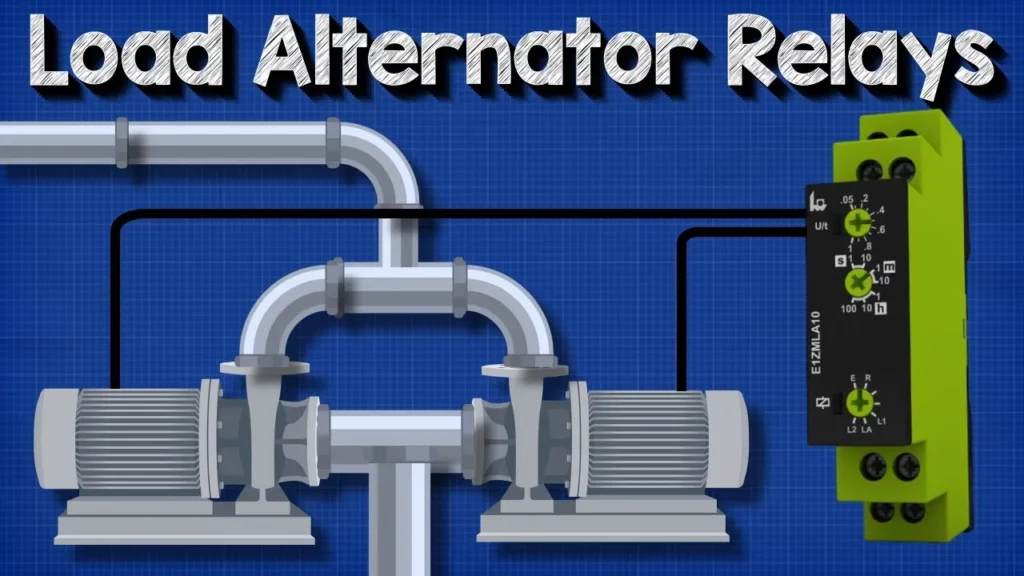
This lesson explores the significance of duplex relays in building systems, particularly focusing on the redundancy of mechanical equipment like pumps and compressors to ensure reliability and continuous operation. It explains how alternating relays facilitate seamless transitions between duty and standby units, optimizing performance and preventing downtime, while also highlighting modern advancements that enhance system efficiency and reliability. Overall, the lesson underscores the critical role of load monitors and advanced control mechanisms in maintaining effective building services engineering.
How Air Handling Units work AHU working principle hvac ventilation
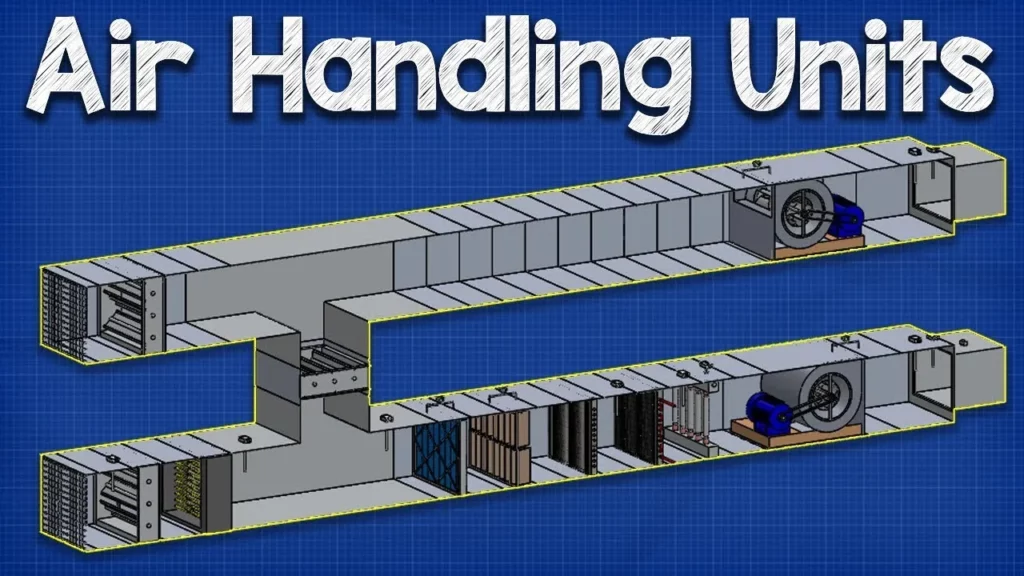
This lesson provides an in-depth overview of Air Handling Units (AHUs), which are crucial components of HVAC systems in commercial and industrial buildings. It covers the function of AHUs in conditioning and distributing air, their key components such as filters, fans, and coils, and highlights the importance of energy recovery systems for enhancing efficiency. Understanding these elements enables building managers and engineers to optimize indoor air quality and comfort effectively.
Chiller Efficiency CALCULATION – COP Coefficient of performance
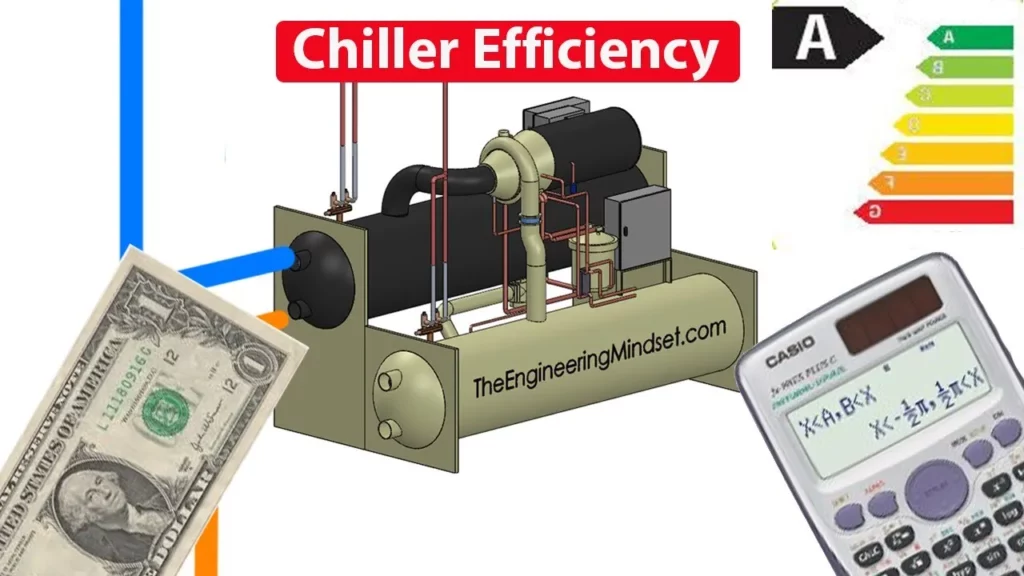
This lesson focuses on the importance of chiller efficiency and how to calculate it using the Coefficient of Performance (CoP), which measures the ratio of cooling output to electrical energy input. By regularly assessing chiller efficiency, operators can optimize performance, reduce operational costs, and identify the most cost-effective units to run during peak times. The lesson also highlights factors affecting CoP and suggests enhancements, such as upgrading to variable speed drives, to improve overall chiller efficiency.
Chiller Types and Application Guide – Chiller basics, working principle hvac process engineering
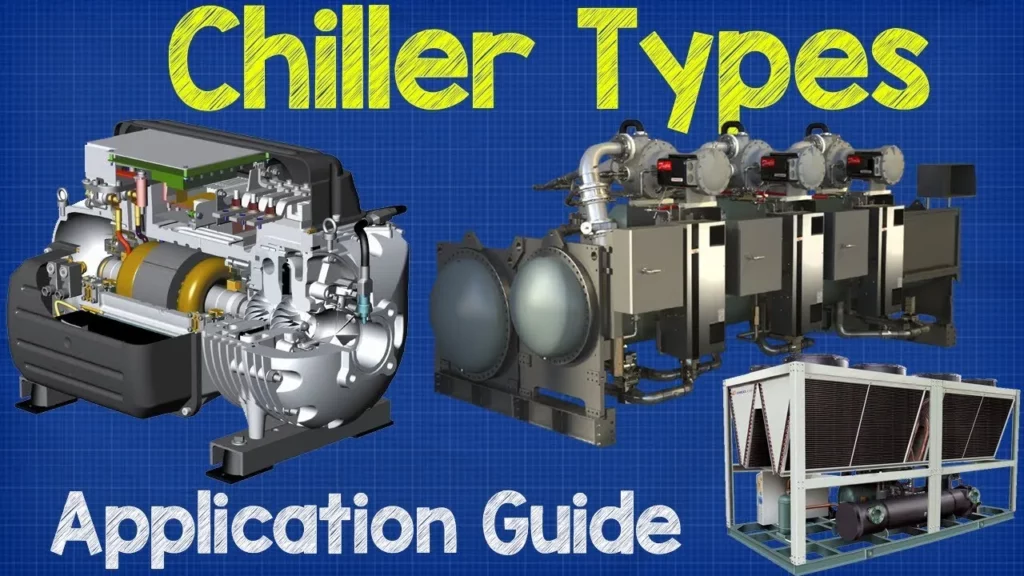
This lesson provides a comprehensive overview of chillers, focusing on their types, applications, and selection considerations in HVAC systems. It distinguishes between vapor compression and vapor absorption chillers, outlines their specific applications in buildings of varying sizes, and discusses the pros and cons of air-cooled versus water-cooled chillers. By the end of the lesson, readers will be equipped with essential knowledge to make informed decisions regarding chiller selection and application in commercial refrigeration.